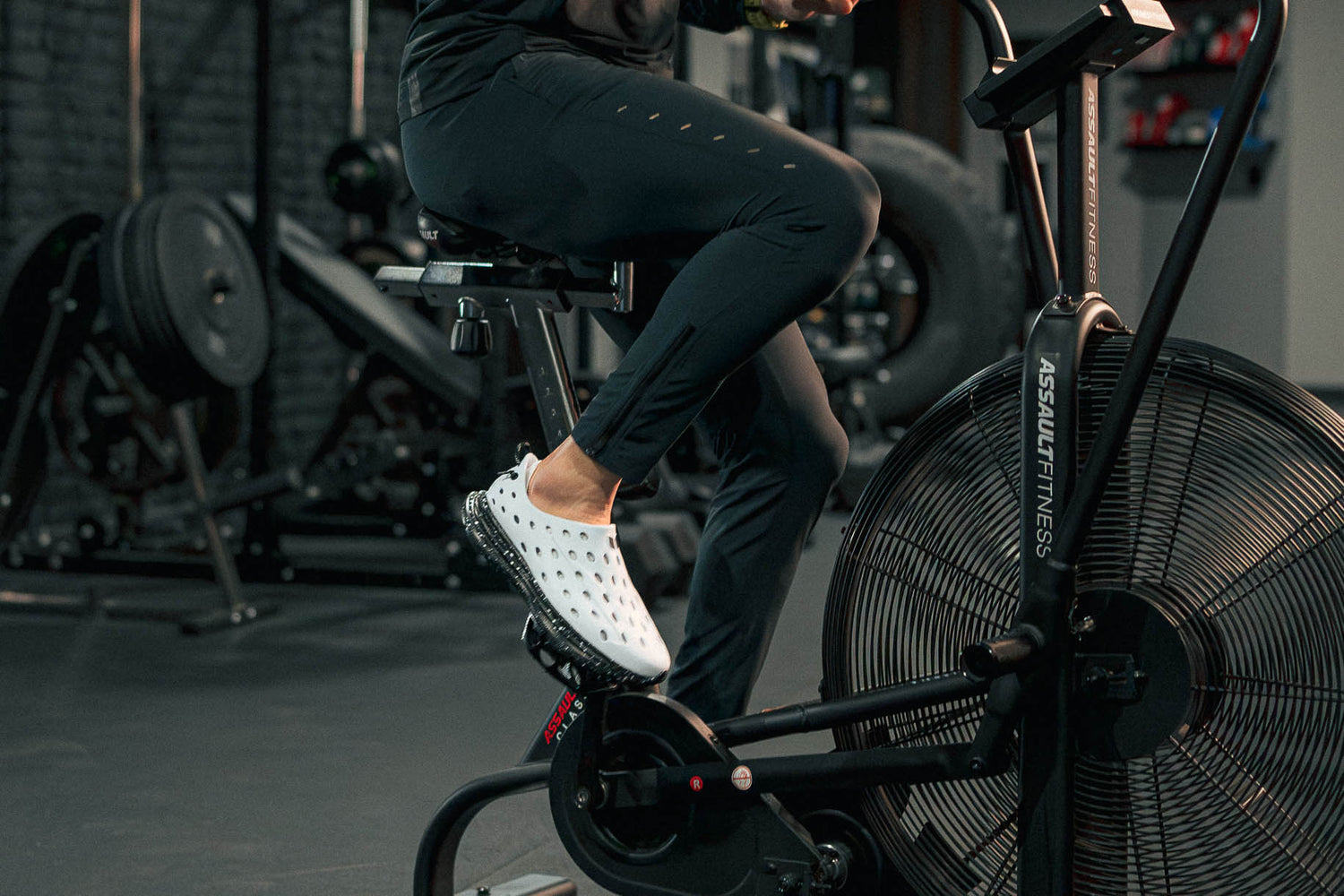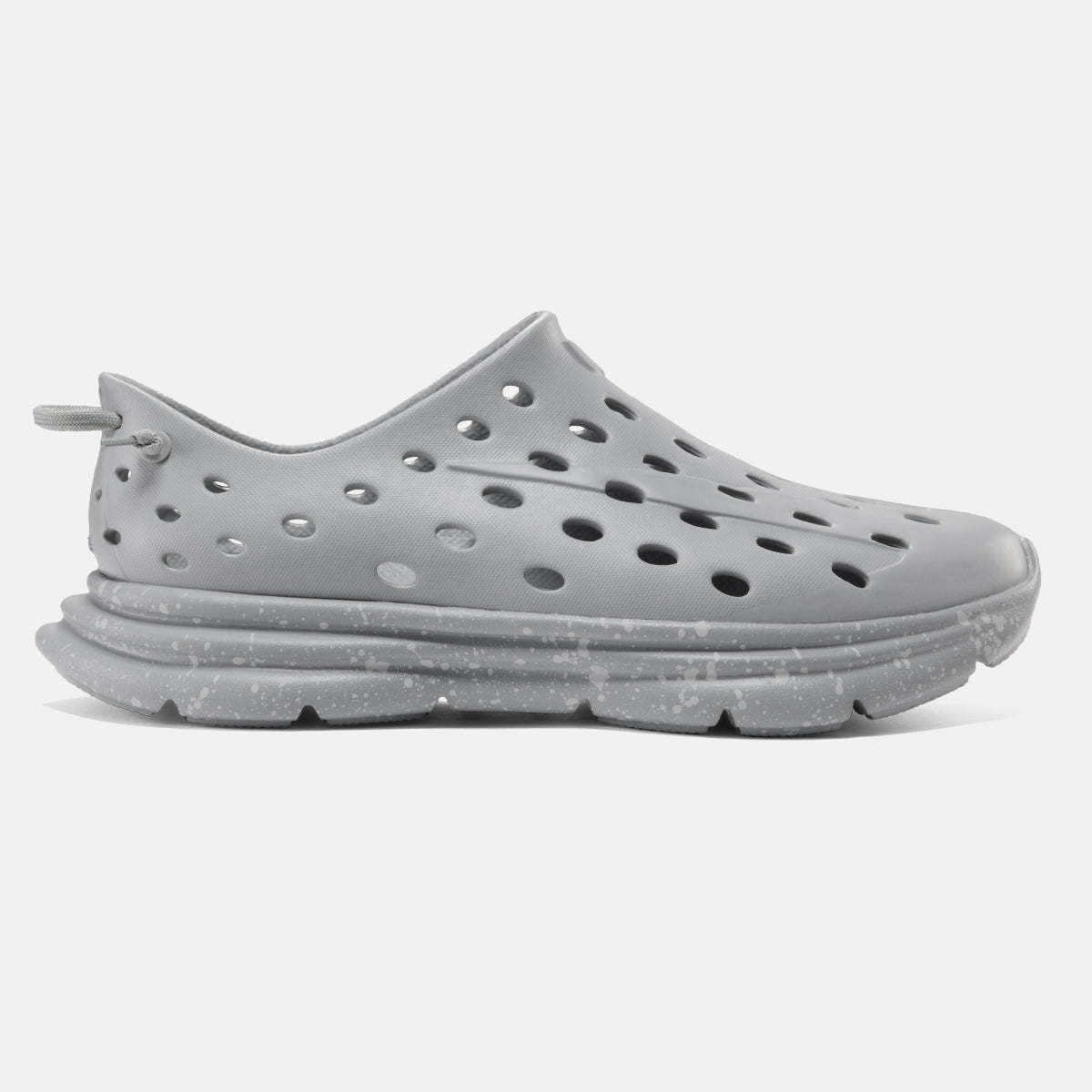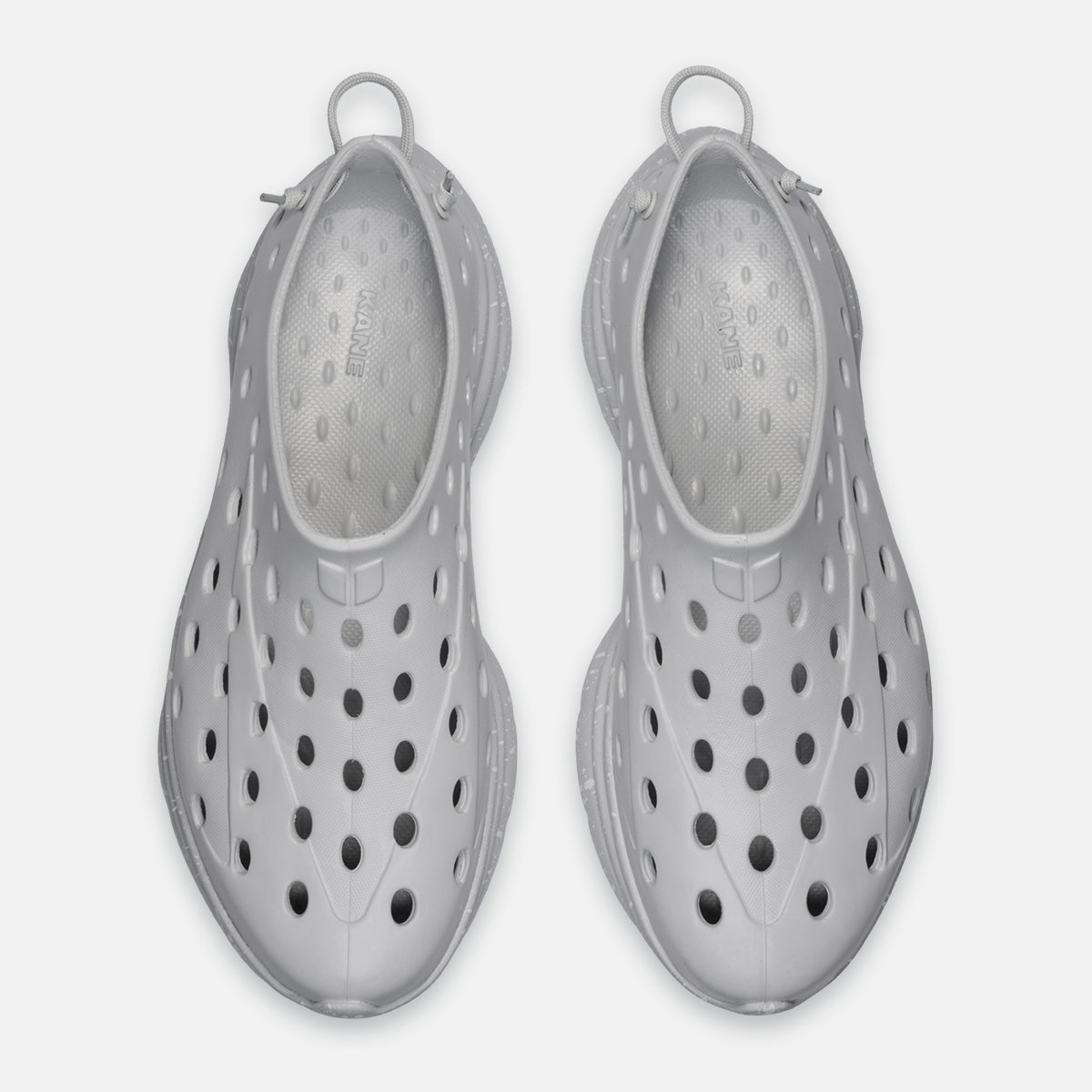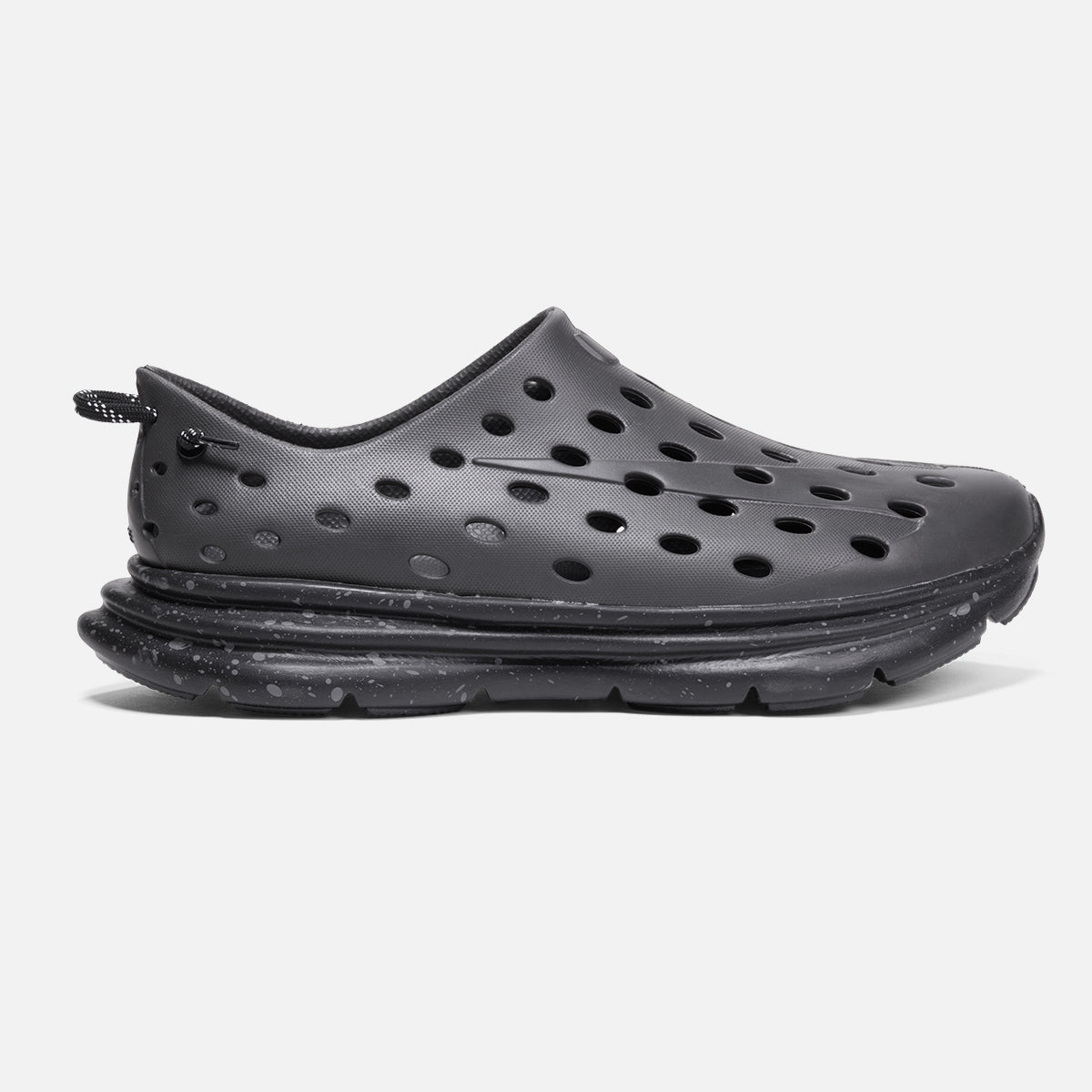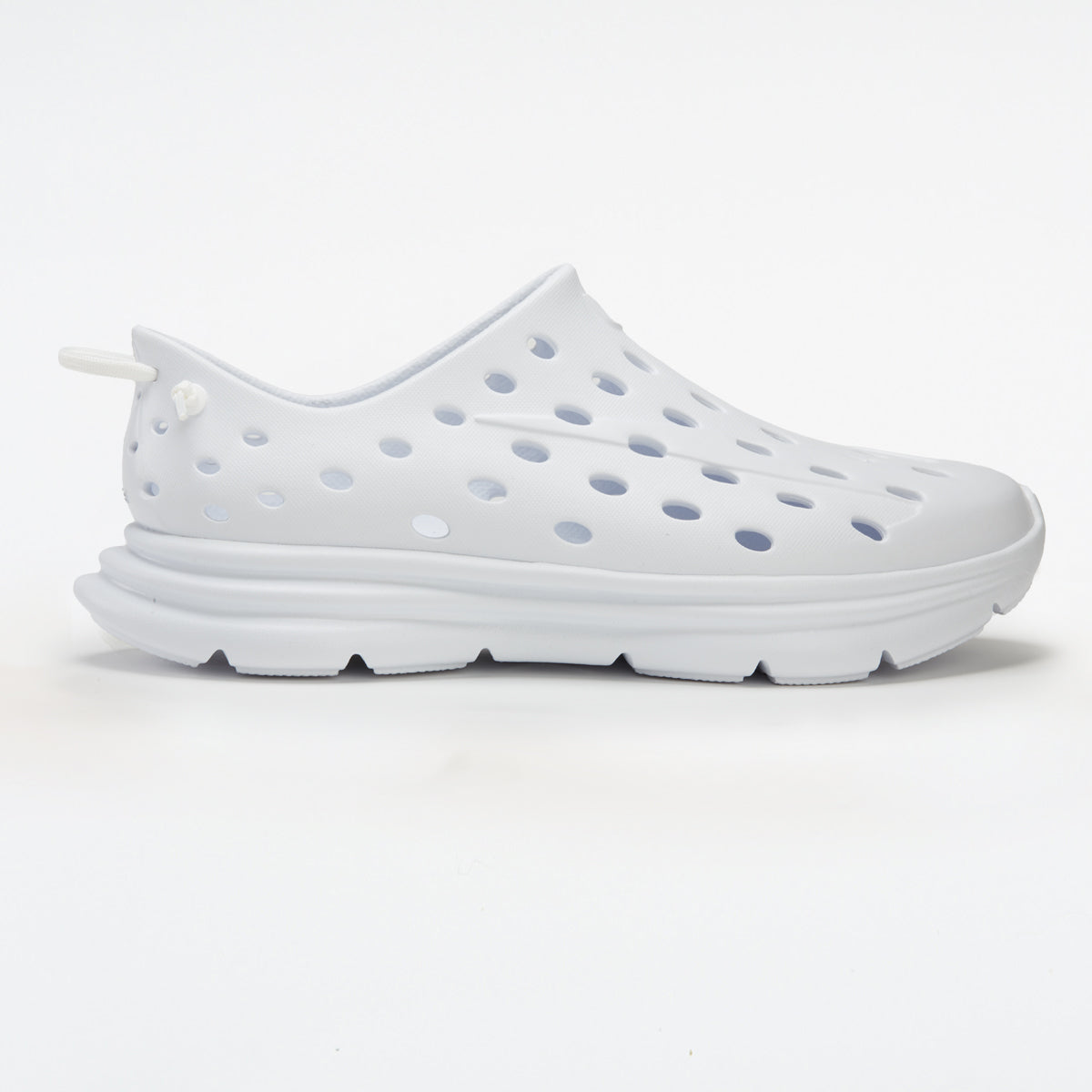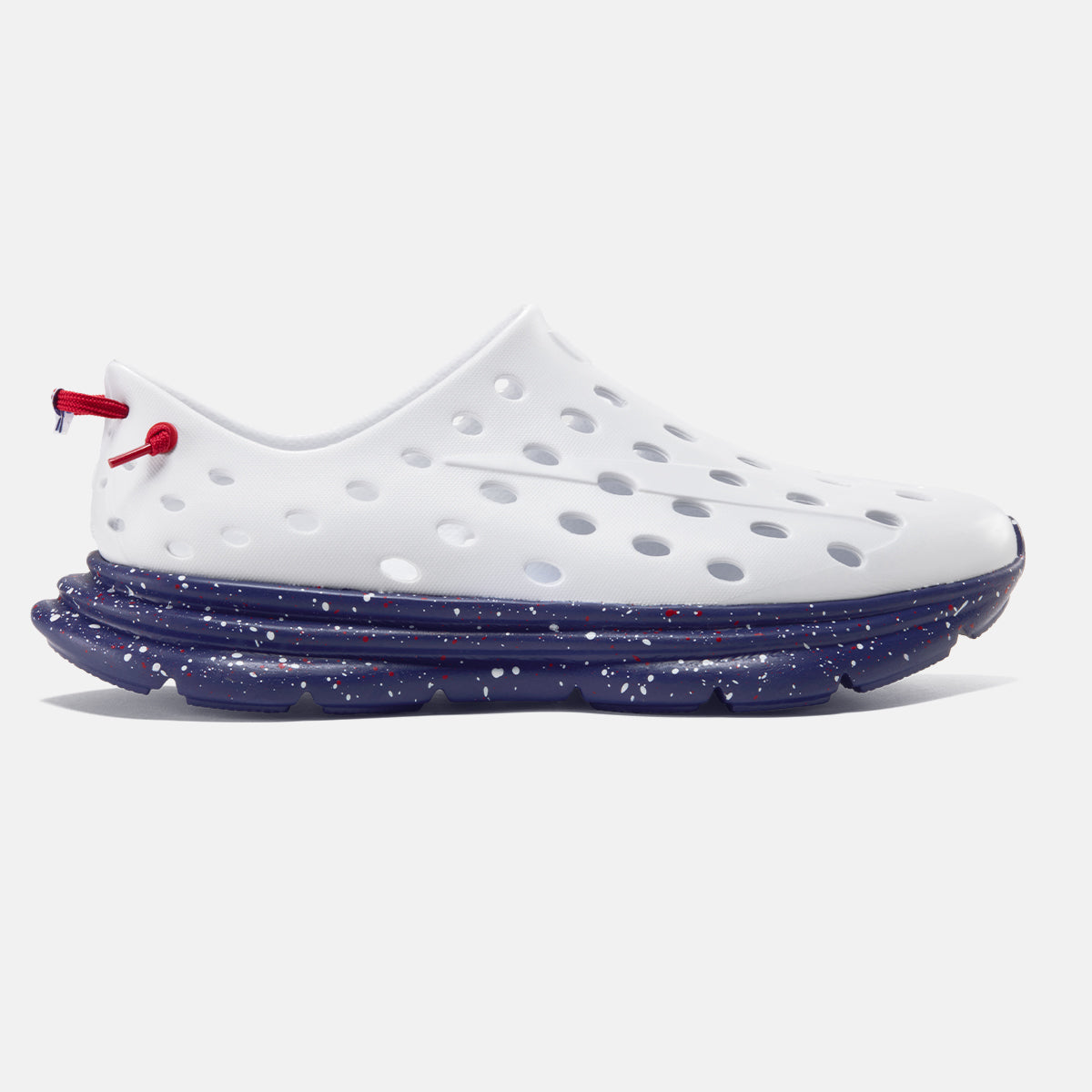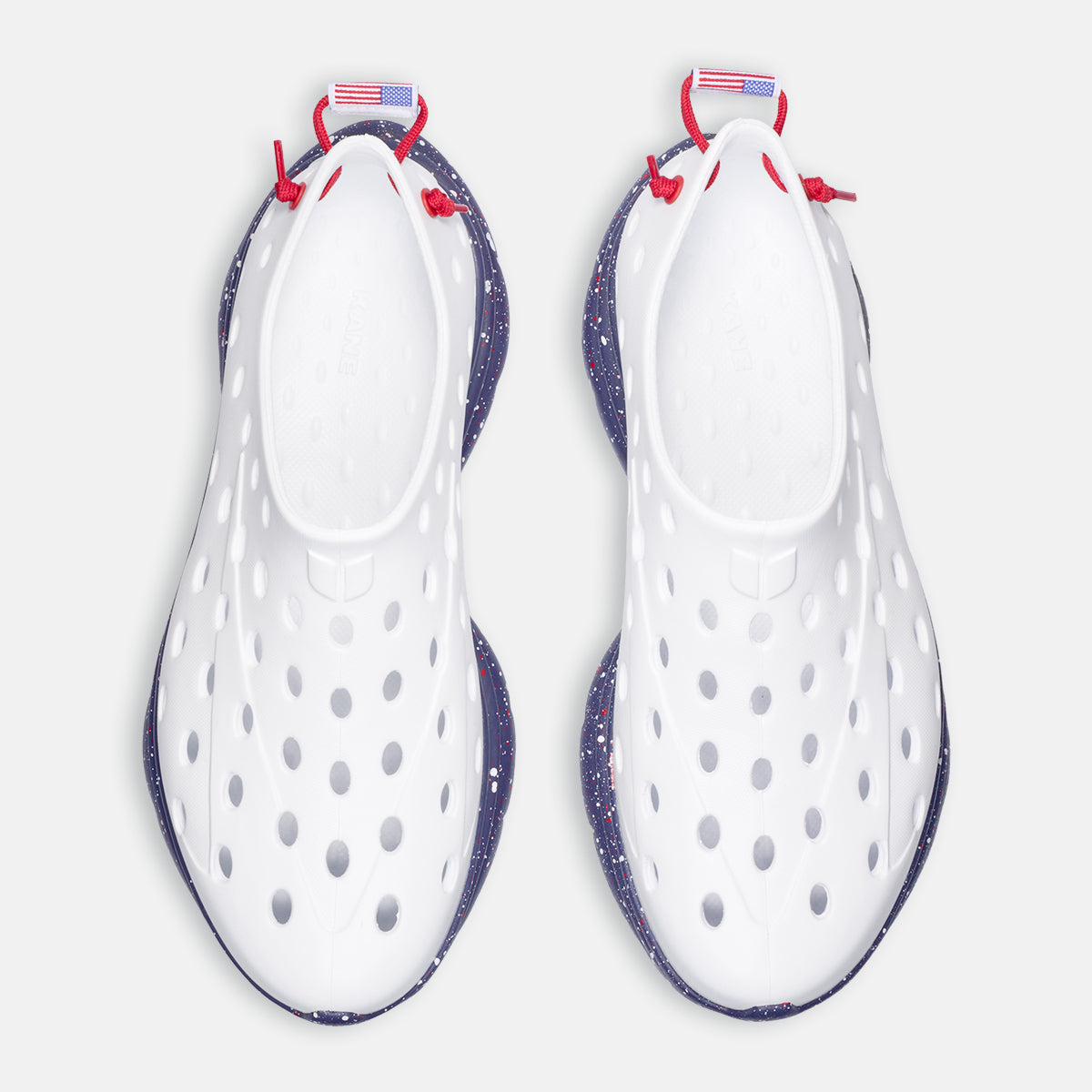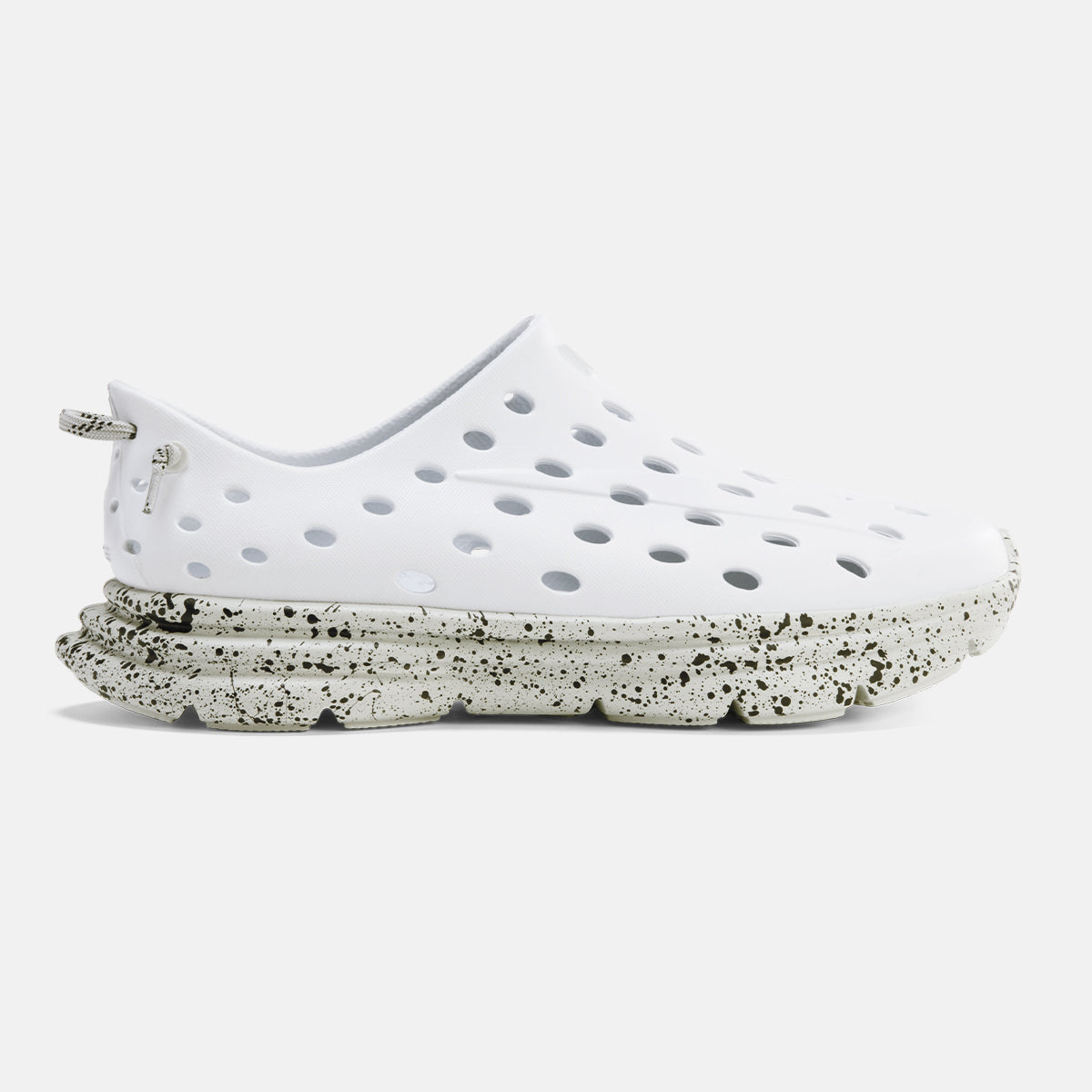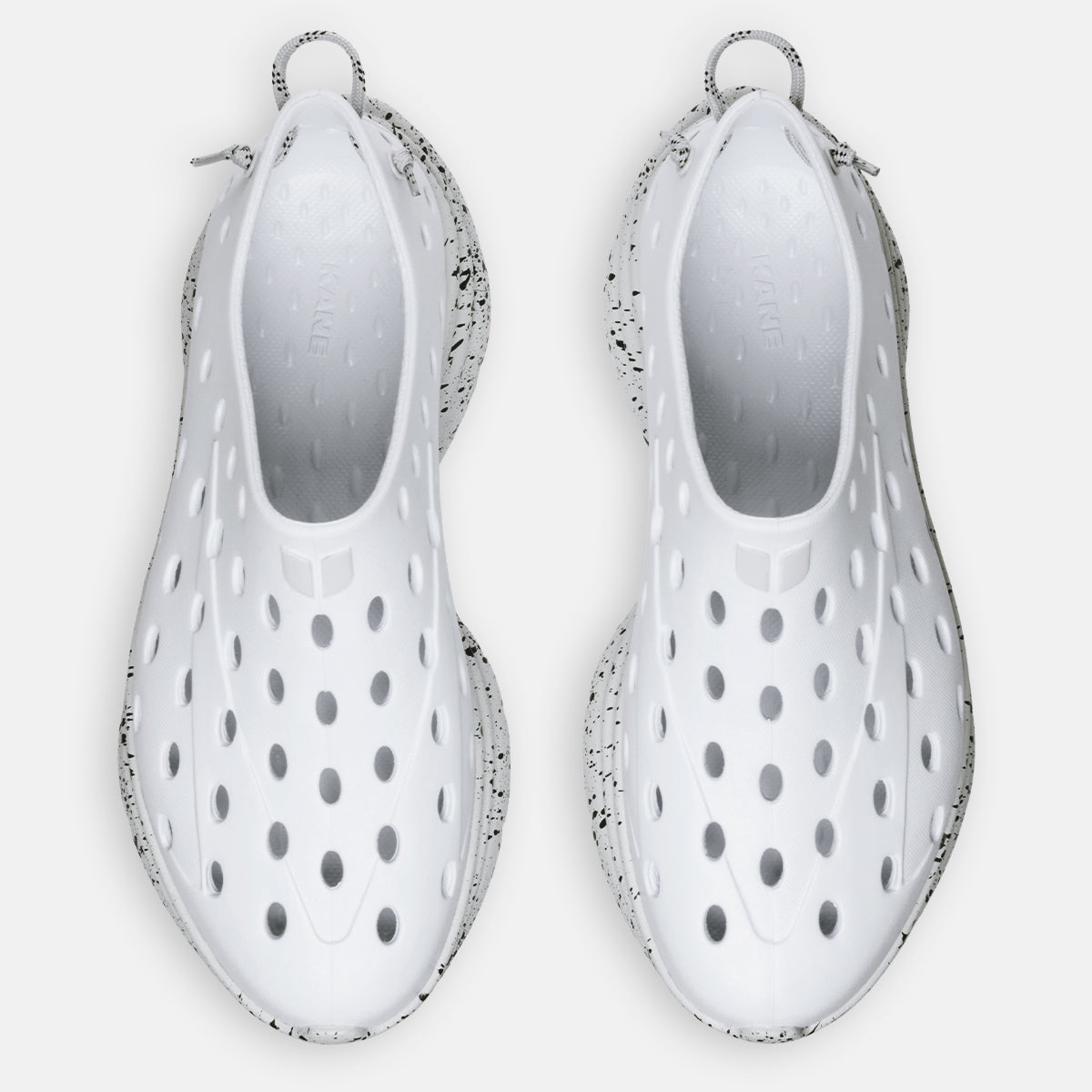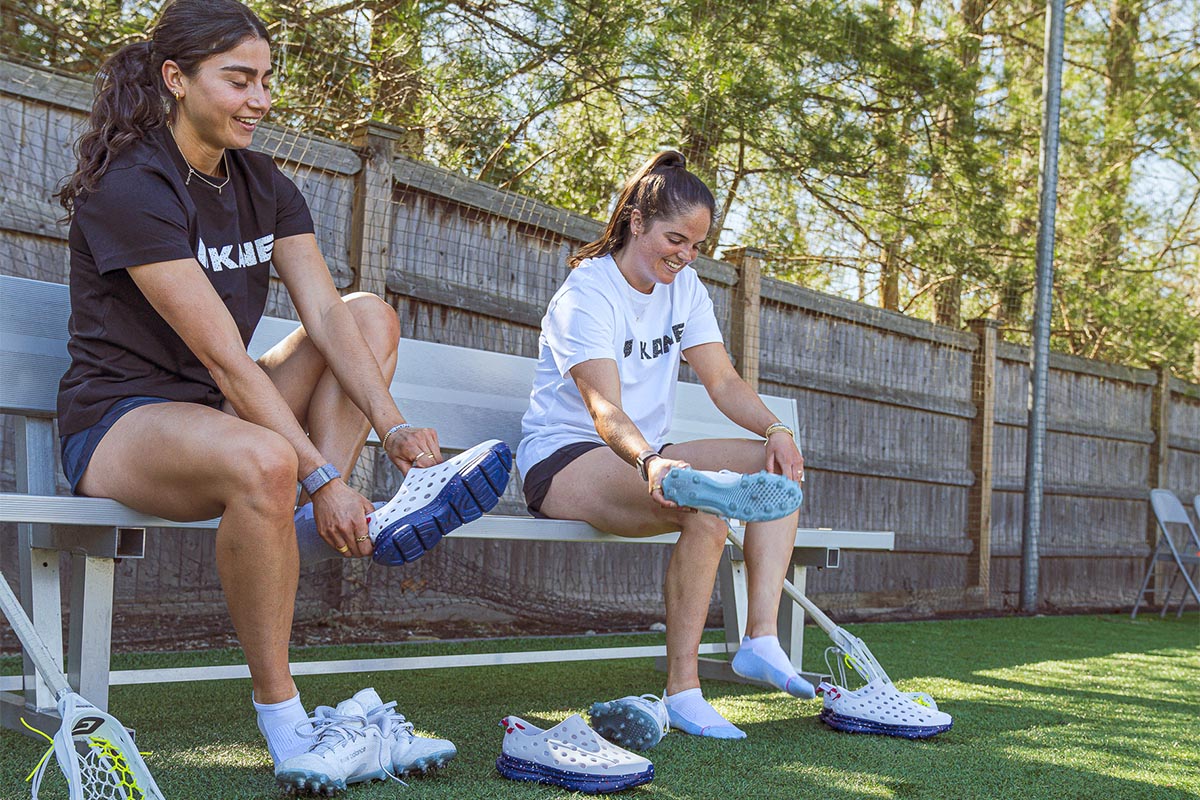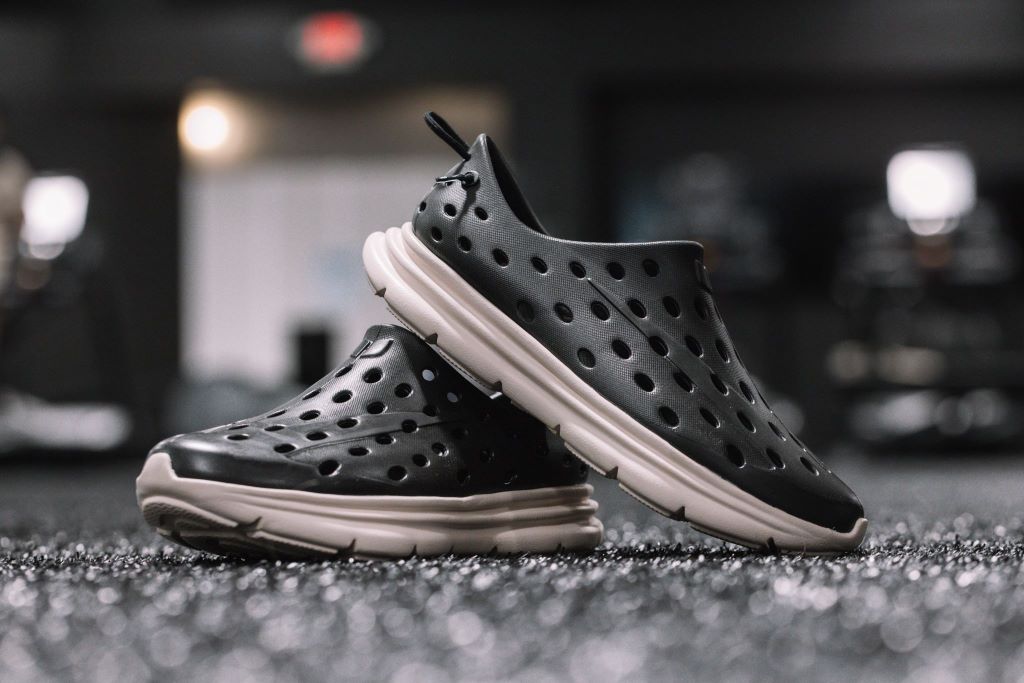Every ankle sprain is unique and the duration of recovery can differ from person to person. It is crucial to adhere to the guidance provided by your healthcare professional or physical therapist concerning limitations on activities, the rehabilitation process, and the advancement of your recovery plan.
In short: Recovering from an ankle sprain requires time and patience. There are no real shortcuts. But there are steps you can take to potentially speed up the healing process.
6 steps for faster ankle sprain recovery
Here are some tips to help you recover from an ankle sprain faster:
1. Use PRICE therapy for ankle sprains
PRICE therapy is a commonly recommended approach for treating acute ankle sprains. PRICE stands for Protect, Rest, Ice, Compression, and Elevation. It is a simple and effective method to help reduce pain, swelling and promote healing of the affected ankle.
PRICE therapy is typically recommended immediately after an acute injury, such as an ankle sprain. However, it's important to note that PRICE therapy alone may not be sufficient for complete recovery. Seeking professional medical advice and incorporating other appropriate treatments, such as physical therapy exercises and medication, may be necessary for a comprehensive recovery plan.
Here's a breakdown of each component of PRICE therapy as it applies to ankle sprains:
Protect your sprained ankle
Protecting your ankle injury is crucial to preventing further injury. This can be achieved by using assistive devices like crutches, splints, or braces to limit movement and provide stability to the injured ankle.
Rest and protect the ankle
Immediately after the injury, it's crucial to rest your ankle to prevent further damage. Avoid putting weight on the injured ankle and use crutches, if necessary. Protect the ankle by wearing a brace or a supportive wrap
Ice the ankle
Applying ice to the injured ankle can help reduce swelling and inflammation. Use an ice pack or wrap ice cubes in a towel and apply it to the affected area for 15-20 minutes every two to three hours during the initial 48 to 72 hours.
Compress the ankle
Wrapping the ankle with a compression bandage or elastic bandage can help control swelling and provide stability. Make sure not to wrap it too tightly to avoid cutting off circulation.
Elevate the ankle
Elevating your ankle above heart level can help reduce swelling. Prop your ankle up on a pillow or cushion whenever possible.
2. Try over-the-counter painkillers
Over-the-counter painkillers may help manage pain and discomfort associated with ankle injuries, including sprains.
Nonsteroidal anti-inflammatory drugs (NSAIDs) are commonly recommended for pain relief and reducing inflammation. Some common over-the-counter NSAIDs include ibuprofen (Advil, Motrin) and naproxen (Aleve). These medications can help alleviate pain, reduce swelling, and improve mobility.
When using over-the-counter painkillers, it's essential to follow the recommended dosage instructions and guidelines provided on the packaging. If you have any underlying health conditions or are taking other medications, it's advisable to consult with a healthcare professional or pharmacist before using these medications to ensure they are safe and suitable for you.
While painkillers can provide temporary relief, it's important to note that they do not address the underlying injury or promote healing. They are primarily used to manage pain during the recovery process. It's recommended to combine the use of painkillers with other self-care measures, such as rest, ice, compression, elevation, and appropriate rehabilitation exercises, to aid in the recovery from an ankle sprain.
If your pain persists or worsens despite over-the-counter painkillers, or if you have any concerns, it's best to consult with a healthcare professional for a proper evaluation and personalized advice. They can help determine the severity of your injury and recommend appropriate treatment options.
3. See a physical therapist
A physical therapist can play a crucial role in helping with ankle sprain recovery. They are trained healthcare professionals who specialize in musculoskeletal conditions and rehabilitation. Here's how a physical therapist can assist in ankle sprain recovery:
Evaluation and diagnosis
Your physical therapist will assess your ankle sprain, including the extent of the injury, any associated impairments, and factors that may affect your recovery. They will conduct a thorough evaluation to determine the best course of treatment.
Treatment plan
Based on their assessment, your physical therapist will develop a personalized treatment plan tailored to your specific needs. They will consider factors such as your goals, activity level, and any underlying conditions. The treatment plan may include a combination of therapeutic exercises, manual therapy techniques, modalities, and other interventions.
Therapeutic exercises
Physical therapists prescribe exercises that target strengthening, flexibility, and balance of the ankle and surrounding muscles. These exercises help restore normal function, improve stability, and prevent future injuries. They will guide you through proper technique and gradually progress the exercises as you recover.
Manual therapy
Manual therapy techniques can address specific impairments and promote healing. These techniques can include joint mobilization, soft tissue mobilization, and massage. Manual therapy helps reduce pain, improve joint mobility, and enhance tissue healing.
Modalities
Modalities can include heat or cold therapy, ultrasound, electrical stimulation, or laser therapy. These modalities can assist in pain management, reducing inflammation, and promoting tissue healing.
Functional rehabilitation
Your physical therapist will focus on restoring your ability to perform everyday activities and return to sports or recreational activities. They will guide you through functional exercises and activities that simulate real-life movements, helping you regain strength, balance, and coordination required for your specific activities.
Throughout your recovery, a physical therapist will monitor your progress, reassess your condition, and adjust the treatment plan as needed. They will guide you through different phases of rehabilitation, ensuring a safe and effective recovery.
Working with a physical therapist can significantly enhance your ankle sprain recovery. They provide expert guidance, support, and individualized care to optimize your healing process and help you return to your normal activities safely and efficiently.
4. Gentle exercises to build strength
Once the initial swelling and pain have subsided, begin gentle range-of-motion exercises and stretching. This can help improve flexibility, strength, and stability in the ankle. Consult with a physical therapist for specific exercises tailored to your injury.
5. Gradually resume weight-bearing and activities
As your ankle heals, gradually reintroduce weight-bearing activities. Start with simple movements like standing and walking, and then progress to more strenuous activities under the guidance of a healthcare professional. Avoid high-impact activities until you have fully recovered.
6. Wear recovery shoes or other appropriate footwear
Once you resume weight-bearing activities, choose your footwear carefully. Wearing recovery shoes (like Kane’s Revive) or appropriate footwear can be beneficial during the recovery process from an ankle sprain.
While recovery shoes can be helpful, it's important to note that they are not a substitute for other recommended measures, such as rest, physical therapy exercises, and proper rehabilitation. Here are a few ways in which recovery shoes can potentially aid in your ankle sprain recovery:
Support and stability
Recovery shoes often provide extra support and stability to your injured ankle. They typically have cushioning and reinforced structures that help limit excessive movement, reducing strain on the injured ligaments and promoting proper alignment.
Protection
Recovery shoes can offer protection to the injured ankle by providing a barrier against external forces and impacts. This can help prevent accidental re-injury and further damage during the healing process.
Comfort and pain relief
Quality recovery shoes often have cushioning and padding that can enhance comfort and alleviate pain associated with an ankle sprain. They can help distribute weight and pressure more evenly, reducing discomfort while walking or standing.
Gradual return to normal activities
Recovery shoes can assist in the gradual return to regular activities. They can provide the necessary support and shock absorption as you transition from non-weight bearing to partial weight bearing and eventually full weight bearing on the injured ankle.
How long does it take to recover from a sprained ankle?
The recovery time for an ankle sprain can vary depending on the severity of the injury and individual factors. In general, it can take anywhere from a few days to several weeks for a mild to moderate ankle sprain to heal. Severe ankle sprains or injuries involving torn ligaments may take several months to fully recover.
Here's a rough guideline for the three different grades of ankle sprains:
- Grade 1: Mild sprain with minimal ligament damage. Recovery time is typically around 1-2 weeks.
- Grade 2: Moderate sprain with partial ligament tear. Recovery time is usually between 2-6 weeks.
- Grade 3: Severe sprain with complete ligament tear or rupture. Recovery time can range from 6 weeks to several months, and rehabilitation may be required.
It's important to note that these are general estimates, and individual recovery times can vary. Factors such as age, overall health, adherence to proper rehabilitation protocols, and the presence of any underlying conditions can influence the healing process.
It's always recommended to consult with a healthcare professional, such as a doctor or physical therapist, for an accurate diagnosis and personalized treatment plan based on your specific injury. They can provide guidance and monitor your progress throughout the recovery process.
Things to avoid when recovering from an ankle sprain
If you’re an active person, you may be yearning to get back to your regular routine. But powering through the pain may worsen your sprain. So take it easy and avoid putting weight on your ankle. Here are some things to avoid:
Steer clear of high-impact activities
Avoid activities that place excessive stress on the injured ankle, such as running, jumping, or participating in high-impact sports. These activities can delay healing or lead to further damage. Gradually reintroduce weight-bearing and impact activities only when advised by a healthcare professional.
Don't ignore pain or swelling
Pain and swelling are common during ankle sprain recovery, but if they worsen or persist for an extended period, it's important not to ignore them. It may indicate inadequate healing, a more severe injury, or the need for a different treatment approach. Consult with a healthcare professional if you have concerns or experience prolonged pain or swelling.
Avoid removing immobilization or protective devices too early
If your healthcare professional has provided you with a brace, splint, or other immobilization device, it's crucial to follow their instructions regarding the duration of use. Prematurely removing these devices can compromise the healing process and increase the risk of re-injury.
Avoid excessive heat on the injured area
While heat therapy can be beneficial for some conditions, it's generally not recommended during the acute phase of ankle sprain recovery. Heat can increase blood flow and potentially exacerbate swelling. Stick to cold therapy (ice) during the initial stages of recovery to help reduce inflammation.
Remember: Every ankle sprain is unique, and individual recovery times may vary. It's essential to follow the guidance of your healthcare professional or physical therapist regarding activity restrictions, rehabilitation, and the progression of your recovery plan.



































